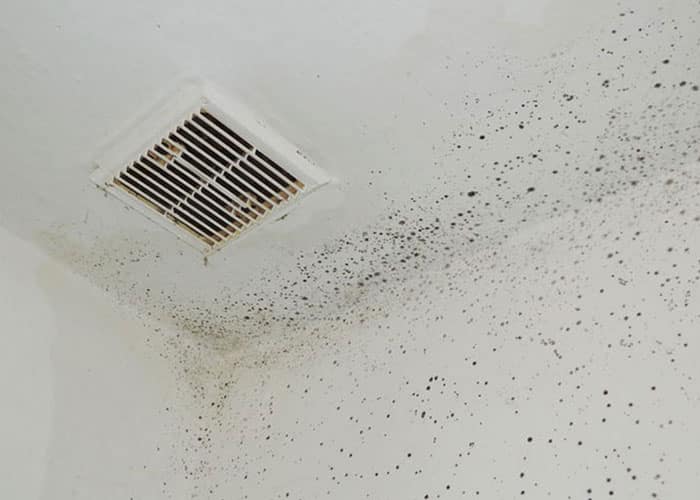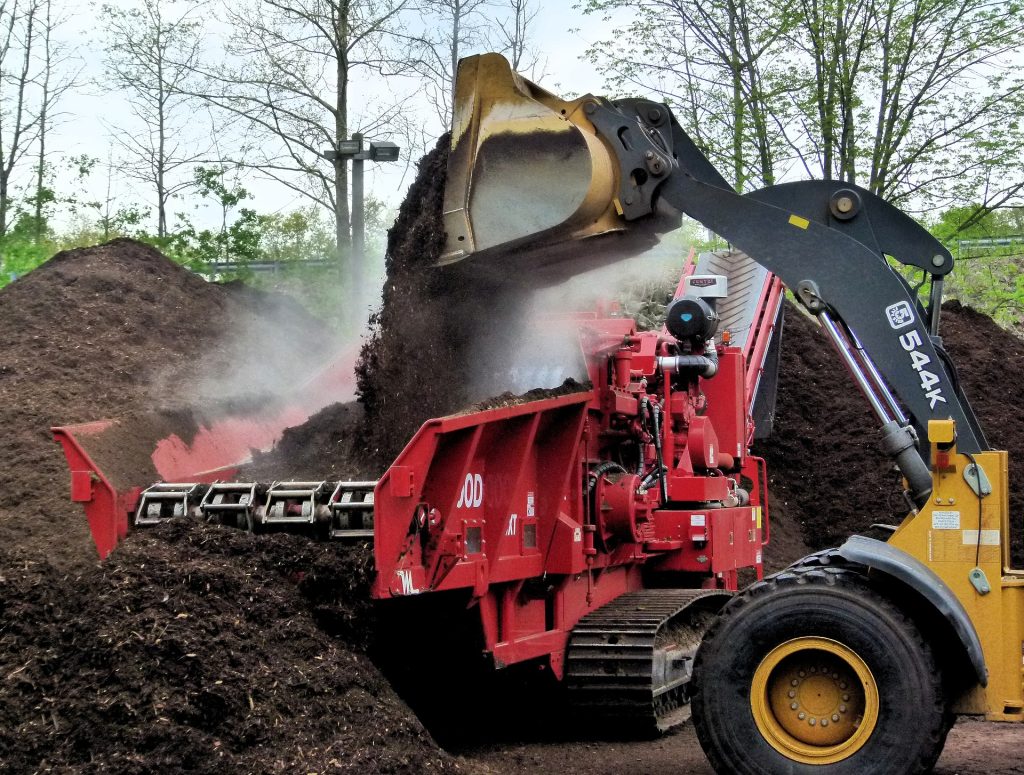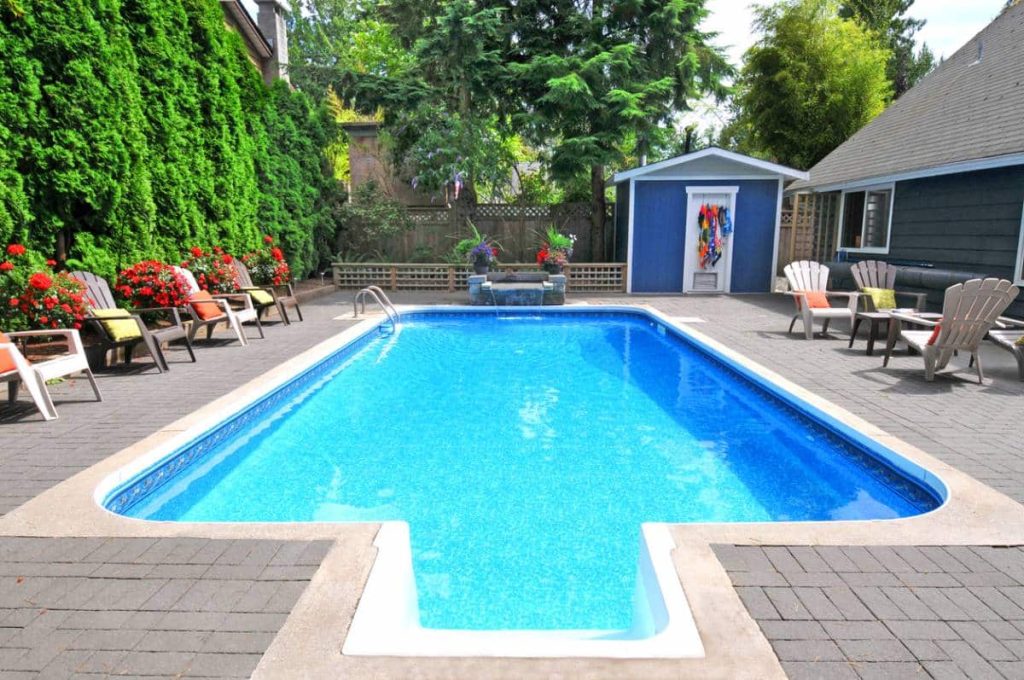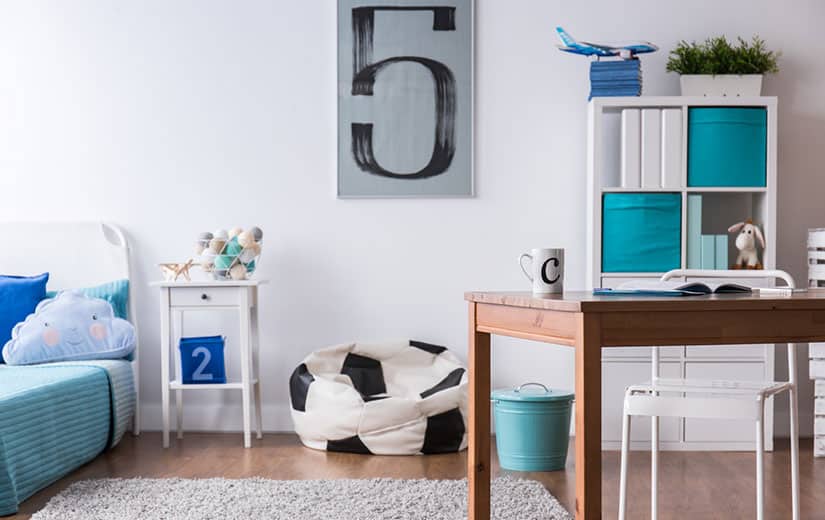Suspicious traces on a wall should alert you, especially if they give off an unpleasant smell. It’s probably wall mold. These fungi occur when conditions are favorable for their proliferation. Discover the different causes explaining their appearance. And learn how to get rid of them right away. Indeed, mold, seemingly harmless, is actually harmful to the house, but also to the health of its occupants. Follow our advice to get rid of it as soon as possible. Everything you need to know about mold and the different ways to prevent it from appearing.
Summary
Mold on a wall: how to recognize it?
On the walls, mold is formed by microscopic fungi. They come in the form of foam, halos or efflorescences. And mold can take on various colors: white, green, black or blue. On the other hand, the phenomenon is accompanied by malodorous effluvia unlike saltpeter which does not give off any smell.
Generally, we notice the appearance of mold on the walls, but also on fabrics, tile joints, windows, wall coverings, etc.
On the other hand, signs should alert you. Among them, warping or peeling on the walls or ceiling.
Read also: Saltpeter on the walls: how to get rid of it?
The origins of mold on the walls
Mold can appear in any room of a house. But generally, the traces occur in a humid room such as the kitchen, the bathroom or the cellar, or on a facade wall exposed to the North. In addition, mold can have several origins:
- lack of ventilation or insufficient ventilation;
- excessive humidity (55%);
- a lack of natural light;
- a moisture problem (capillary rise, water infiltration, leak, condensation, etc.).
What are the consequences ?
There are several kinds of mold. But in homes, black mold is more commonly found. It is a toxic mold with adverse health effects. It can cause the following ailments:
- digestive problems (nausea, diarrhoea, lack of appetite);
- respiratory problems (sinusitis, allergic rhinitis, hay fever, asthma in adults and children);
- eye sensitivity and headaches (itchy eyes, blurred vision, headache);
- muscle pain (cramps, sharp pains);
- tingling or numbness;
- mood disorders, depression.
In the presence of black mold on the walls, you must act very quickly by contacting a moisture professional if necessary.
But in addition to the repercussions on health, mold also promotes the occurrence of cockroaches and cockroaches in a house.
How to get rid of mold?
The precautions to take
First, it is worth taking a few precautions before removing mold from the wall. Be aware that cleaning is never done dry, at the risk of spreading mold spores.
You must also protect yourself with suitable equipment. So, plan at least a mask, glasses and gloves. This avoids breathing the microorganisms released into the air and which are harmful to health.
White vinegar and tea tree essential oil, natural solutions
Then, favor the cleaning of molds with white vinegar because it is a natural solution. Also, it is a good alternative to bleach.
In a spray bottle, mix three parts white vinegar to two parts water. And you can also add a few drops of tea tree essential oil to it to eradicate fungus. After spraying on stains, leave on for two hours before wiping with a dry cloth.
Ammonia and hydrogen peroxide
In the absence of white vinegar, use ammonia by soaking a cloth. Then rub on the stain, then rinse. If there are still traces of mold on the walls, remove them with hydrogen peroxide (one part hydrogen peroxide to two parts water).
Baking soda
Note that it is also possible to dilute soda crystals in water. Then, rub with a sponge.
On washable wallpaper, you can use diluted baking soda.
Bleach as a last resort
Finally, if the stains prove to be resistant and do not leave with the previous solutions, turn to bleach.
Add 250ml of bleach to a bucket of water. Then, apply and let soak overnight. To obtain an optimal result, the operation can be repeated a few times.
Be careful, with this solution, be extra vigilant and above all do not ignore the protections (mask, gloves, gown).
Special anti mold products
Finally, be aware that there are special anti-mould products. Before applying on the wall, read the instructions carefully. And ensure sufficient ventilation when using these types of products.
Treatments to get rid of it permanently
If the presence of mold is due to water infiltration or capillary rise, the problem should be solved by:
- the drying out of the walls to prevent water from rising in the wall;
- land drainage;
- installation of a waterproof membrane around the foundations;
- a casing of the cellar to protect the walls (be careful, this is a treatment that is debating);
- application of an anti-humidity surface treatment.
And to avoid the return of mold on the walls, put in place measures that are completely accessible:
- ventilate the rooms of the house sufficiently, at least ten minutes a day. Thus, moist air is evacuated, which reduces the formation of mold.
- you can also install mechanical ventilation of the VMC or VMR type;
- if necessary, install an electric dehumidifier. The device lowers the air humidity in a room, which reduces the risk of mold. There are several models. Choose the one that best suits your room type;
- do not dry your laundry inside the house;
- avoid uncovered aquariums;
- finally, in the event of a problem (water leak, water infiltration, etc.), don’t wait. Solve these humidity problems as soon as possible before the appearance of traces of mold.
Read also: Painting a wall without leaving a trace: how to proceed?




